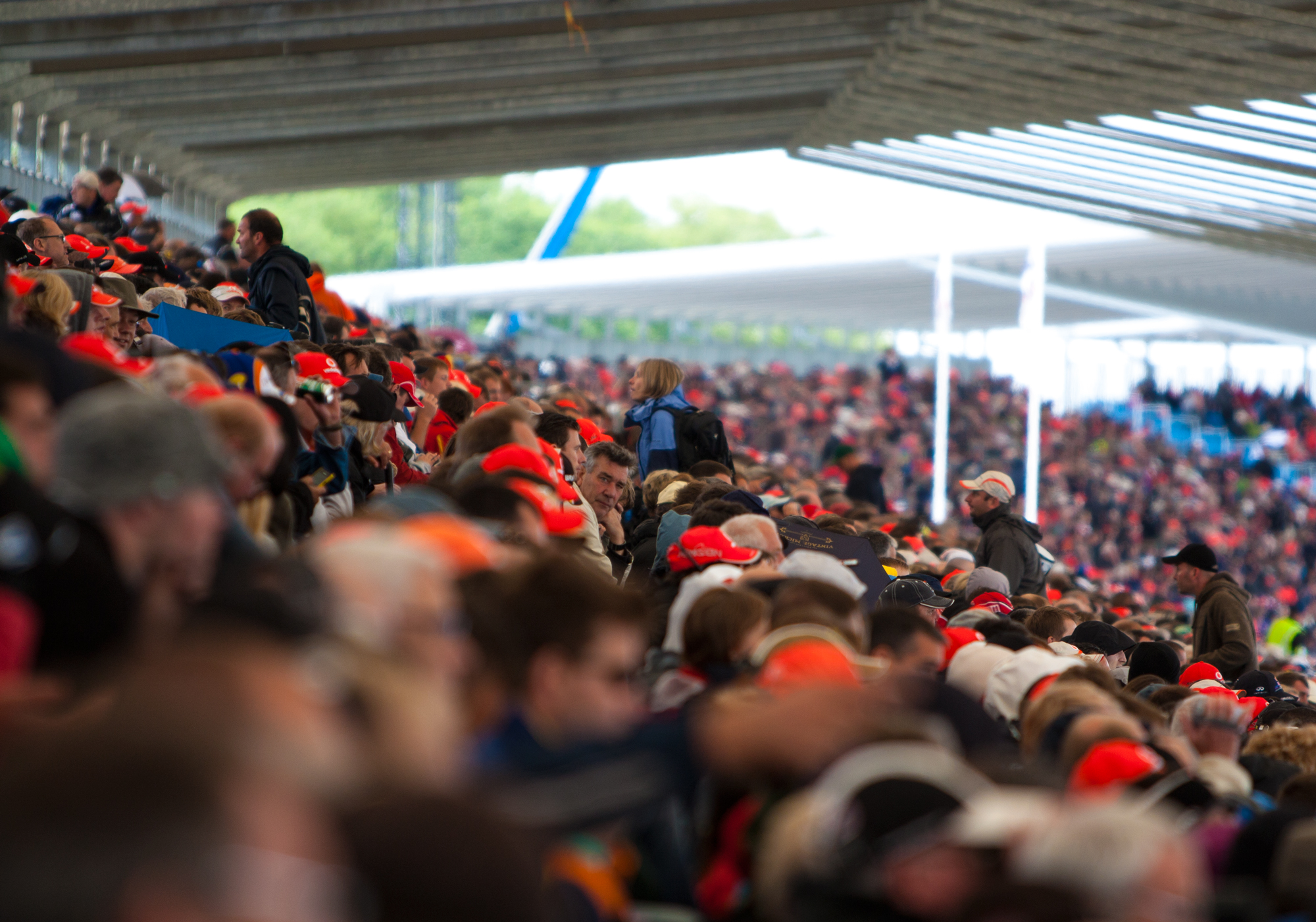Bridgestone’s preparations ahead of the introduction of slick tyres in 2009 have not been hampered by the FIA’s u-turn on the ban on tyre warmers.
The FIA had originally planned to scrap the use of tyre blankets next year as part of a raft of changes to reduce costs and promote closer racing.
However, after testing the 2009 specification tyres earlier in the year, a number of drivers complained about the risks involved in racing on cold tyres.
Tyre supplier Bridgestone Motorsport suggested imposing a minimum tyre pressure limit as a means to guarantee safety. However, the FIA’s Technical Working Group (TWG) could not agree on a sensible way of policing and imposing the limit and the FIA eventually decided against the ban on tyre warmers.
Bridgestone remain confident that their tyres would not have posed any risk to driver safety in the absence of warmers, and the tyre supplier is now working hard to accommodate the new regulations.
“Bridgestone is happy to work with the FIA’s regulations – whether they include or ban the use of tyre warmers,” Hirohide Hamashima, Director of Bridgestone Motorsport Tyre Development, explained to Forumula1.com.
“The 2009 regulations previously stipulated a ban on the use of tyre warming blankets and therefore Bridgestone was pleased to use its vast knowledge base for the production of slick tyres accordingly.”
“Despite the ban on warmers being withdrawn, we remain confident that our tyres would have been safe and suitable for use in 2009. Nevertheless, the teams and FIA have chosen to continue their use and we shall continue our slick tyre development bearing this in mind. We have both technologies.”
With successful tyre tests earlier in the year under their belt, Bridgestone are happy with the progress that has been made to ensure a smooth transition to slicks for the start of next year.
“The preparations are going well,” added Hamashima. “We have had some very productive testing so far and helpful feedback from all of the teams. We plan now to test two specifications of slick tyre at the Jerez test in July after which we will assess the data and see if we need to make any further modifications.”






